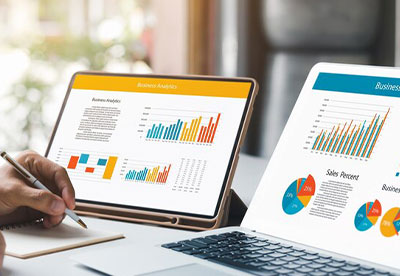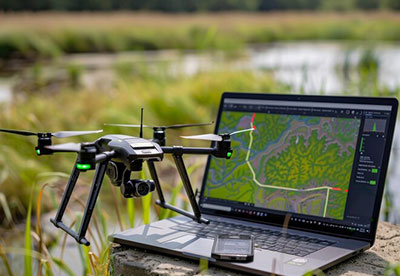
Data and information are confused as interchangeable terms often, but they do have different meanings.
Data is the collection of raw facts and figures that are processed to create information whereas Information is the collection of data organized in a particular way that carries some meaning.
Organizing both data and information is necessary for effective decision-making. Information has meaning via interpreting the data, whereas data has no specific purpose.
Let’s understand each one of them in detail.
What is Data?
Data is a raw, disorganized reality that needs to be processed meaningfully. Data might be accessible while yet being disorganized. Facts, observations, perceptions, numbers, letters, symbols, and images are all examples of data.
Whether a human or a machine interprets data to obtain a specific meaning for a particular task, data has no purpose. The raw form of data consists of digits, sentences, and characters.
What is Information?
Information is a collection of data processed to meet a specific need. Information is processed, organized, or presented in a given context to make it informative and understandable.
It is processed data that is full of context and has a specific purpose. Raw data modification is also a part of it. Information gives data meaning and increases the accuracy of the information. It lessens uncertainty and aids in ensuring desirability. As a result, the information created from data never contains any pointless information.
They are complements of each other but are not the same.
Data Vs Information
- Data is not dependent on information, but information is solely dependent on data.
- Information is a set of data that has been processed in a meaningful fashion following the given criteria, as opposed to data, which is an unstructured fact to be processed to make it meaningful.
- Information is words, ideas, and thoughts based on the given data, whereas data can be structured, tabular, graphed, or in a data tree form.
- Data lacks a clear goal, whereas information has a meaning that is determined through data interpretation.
- Time, number, and other meaningful units are used to measure information as opposed to data, which is measured in bits and bytes.
- Information itself is significant, whereas standalone Data is meaningless.
- Data is an organization’s property and cannot be bought or sold by the public. The public can purchase information.
- The researcher may or may not find value in the data they gathered. Information is valuable and useful because it is easily accessible to the researcher.
Based on the above-mentioned pointers it can be inferred that Information is derived from the data. Let’s understand how it is done.
How is Information Derived from Data?

The data must be transformed into meaningful information for proper decision-making. This involves a few steps of data transformation.
These Include:
Data collection
It is the process of acquiring and analyzing information on relevant variables in a predetermined, systematic way so that one can respond to specified research questions, test hypotheses, and assess results.
Data Organization
The process of arranging raw data in a form that makes sense is known as data organization. Besides other methods, classification, frequency distribution charts, images, and graphical representations are used to organize data. Data organization enables us to arrange the information so that it is simple to read and use.
Data Processing
For businesses to improve their business strategy and obtain a competitive edge, data processing is essential. If the information is presented in an accessible format, such as graphs, charts, and texts, all employees throughout the company can understand and utilize it.
Data Integration
Bringing together data from several sources to give people a single perspective is known as data integration. Making data more readily available, easier to consume, and easier to use by systems and users is the basis of data integration.
Data Reporting
Data reporting is the procedure of gathering, structuring, and converting raw data into an easily understandable format to evaluate the continuing operation of your firm.
Data Utilization
Data usage is the ongoing use of data in business operations to increase productivity and operational efficiency for the company’s benefit.
Now that you are sure of how to
Want to Make Visualization Easier for Users
Check Out: Convert Data into User Stories to Connect Users Better
Leveraging Data and Information for Intelligent Decision Making
Leveraging the data and information for intelligent decision-making involves assessing current information and getting new data to support and motivate business activities. When making decisions, it enables department heads and corporate owners to reduce risk and thus boost productivity and performance.
Conclusion
Finding the most pertinent and trustworthy information from a large amount of available data may be time-consuming to analyze, interpret, and arrange.
Therefore, organizations must put their effort into setting up a technology-based process to guarantee that data is reliable and of high quality and that only the pertinent information necessary to advance the business is collected.
4 mins read


















